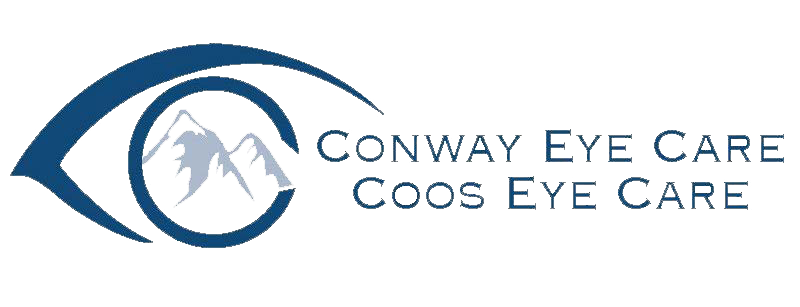Glaucoma is a serious eye condition that can ambush you. It has few, if any, symptoms and until recently, definitive testing and diagnosis has been a challenge because of the subtle nature of the disease. Glaucoma does progressive, irreversible damage to the optic nerve fibers that send visual information to the brain. If left untreated, glaucoma can lead to vision loss and in advanced stages, blindness. However, there are effective glaucoma treatments that can reduce the progression of the disease, if it is diagnosed early.
Diagnosis is essential to treating glaucoma. Thanks to new technology, glaucoma diagnosis is much more definitive than procedures available up to now.
The most common form of glaucoma is called primary open-angle glaucoma, associated with an increase in the fluid pressure in the eye. Not everyone with high intraocular pressure will develop glaucoma—some people with “normal pressure” will develop glaucoma because of the relative frailness of their ocular nerve fibers and tissues. Other types of glaucoma may develop from injury to the eye, chronic inflammation or as a side-effect to certain medications, like corticosteroids.
Are you at risk for Glaucoma?
Certain factors can increase the risk for developing glaucoma:
- Age. Glaucoma is most prevalent in older adults aged 60 years. For African Americans the risk increases at age 40 and above.
Race. African Americans are more likely to develop open angle glaucoma than Caucasians, and are more likely to suffer permanent vision loss as a result. - Family History. If a family member has been diagnosed with glaucoma, your chances are increased.
Medical Conditions. Some studies show a relationship between diabetes, heart disease or high blood pressure and developing glaucoma. - Eye Anatomy. Some aspects of the way your eye has developed can elevate the risk factors. Corneal thickness and optic nerve appearance are indications for development of glaucoma. Other conditions including retinal detachment, eye tumors and eye inflammations may cause glaucoma, as well. Some studies also indicate that a high level of nearsightedness may also be a risk factor
Regular Eye Exams are Recommended
If you have an increased risk for glaucoma, a complete eye examination is strongly recommended, with appropriate follow-up. The eye exam should include a discussion of your health history; vision tests to determine if any vision loss has occurred; tonometry, which measures the pressure inside the eye; a visual field test, and a retinal examination. New technologies, such as optical coherent technology (OCT) can provide a high resolution, three-dimensional scan of the back of the eye to identify possible thinning of the nerve tissue or anomalies in the optic nerve bundle. These new eye scans are quick, non-invasive, relatively inexpensive, and in most cases covered by insurance or Medicare.
Glaucoma Treatments
Glaucoma may be treated with medications, usually an eye drop or a combination of medications, depending upon how well the patient’s intraocular pressure responds. Surgery may also be used for reducing eye pressure as well as laser treatment to improve drainage and reduce eye pressure. Treatments can prevent or slow progression of glaucoma, but cannot reverse vision loss, which is why early diagnosis and treatment is so important!

